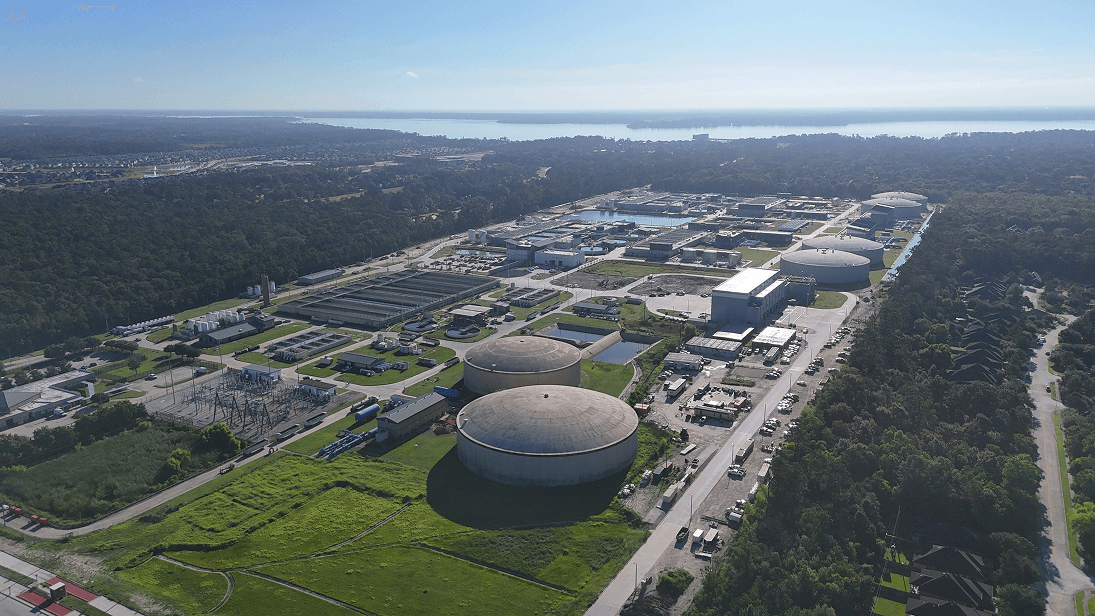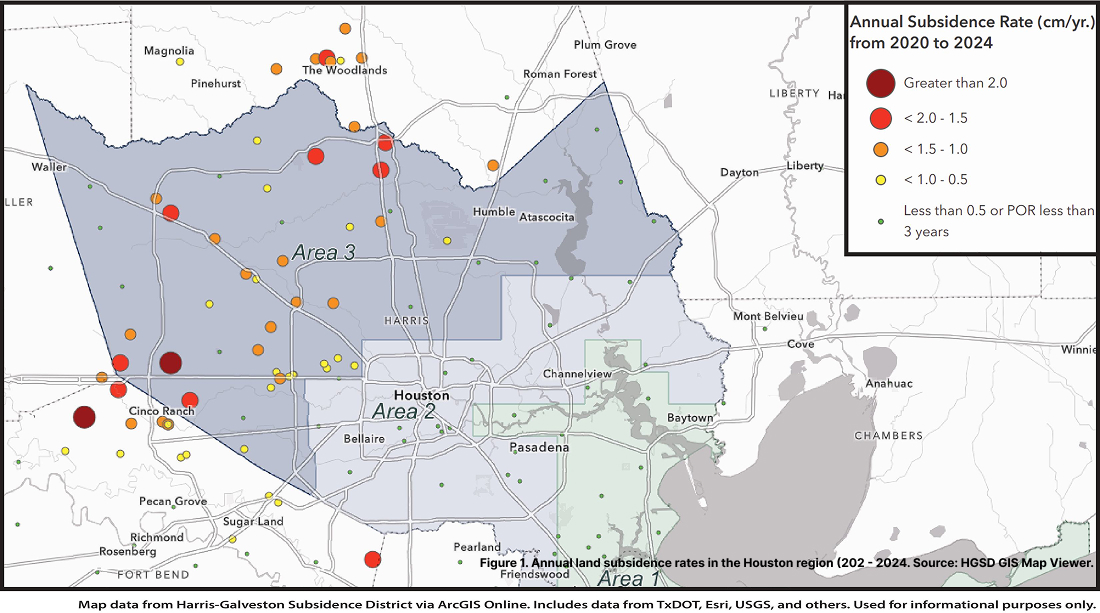
Houston’s Flood Tunnel Debate: Size and Strategy Matter
As a Canadian-turned-Texan with nearly five decades in Houston, I’ve seen our city battle floods with grit and ingenuity. The esteemed Houston Chronicle recently questioned the undeniably brilliant Elon Musk’s claim that his Boring Company’s 12- foot-diameter tunnels, used in Nashville, could solve Houston’s flooding for a fraction of the Harris County Flood Control District’s (HCFCD) $4.6 billion, 36-foot-diameter tunnel plan. After crunching the numbers, I find Mr. Musk’s idea innovative but inadequate for Addicks Reservoir - though the tunnel’s untapped potential could fight both floods and subsidence.
Read more








